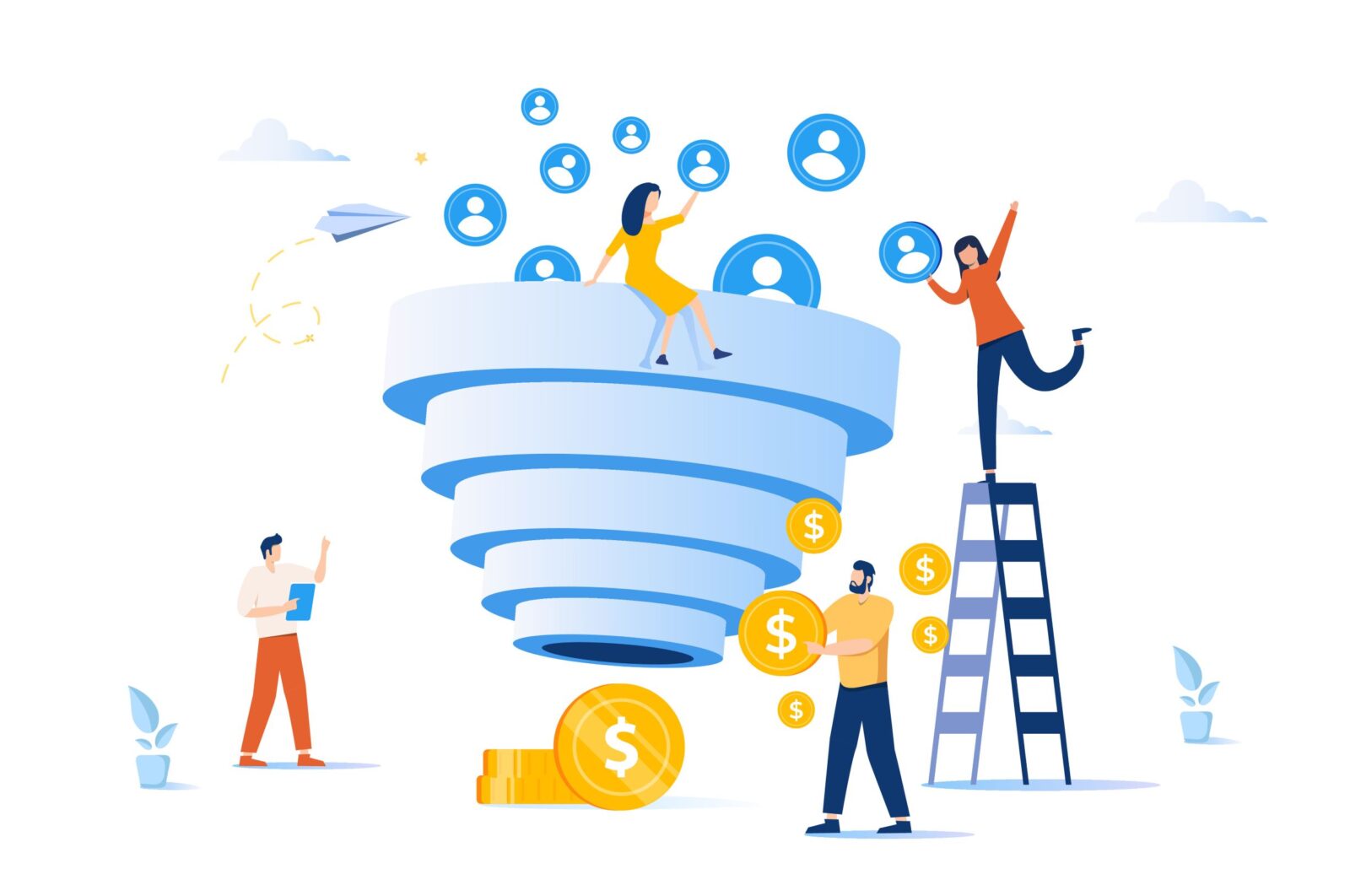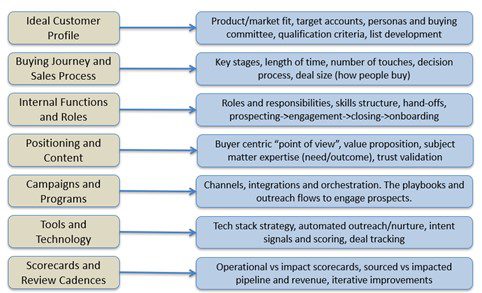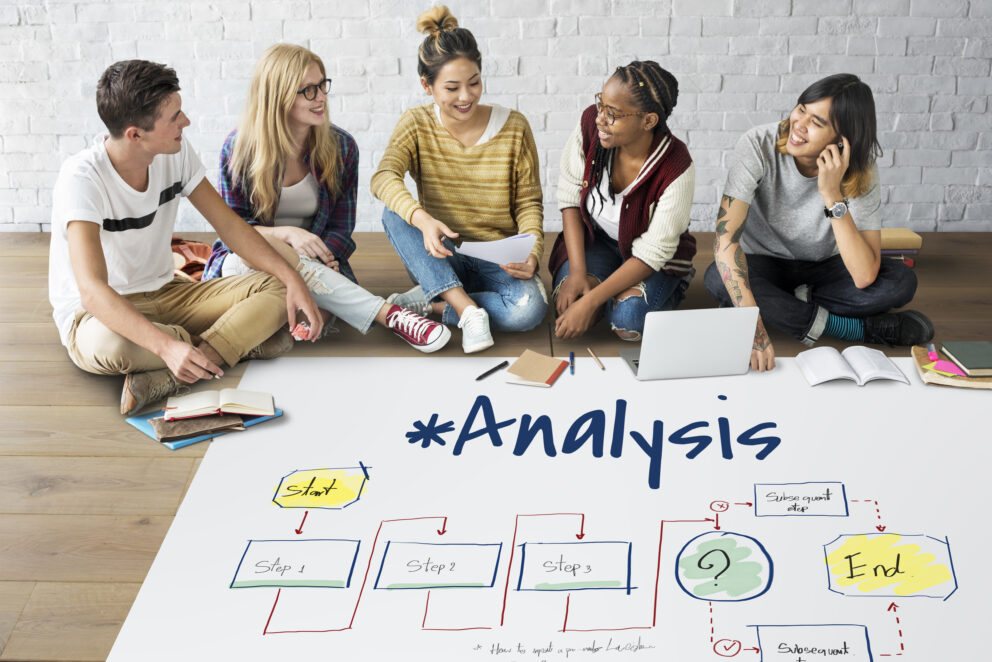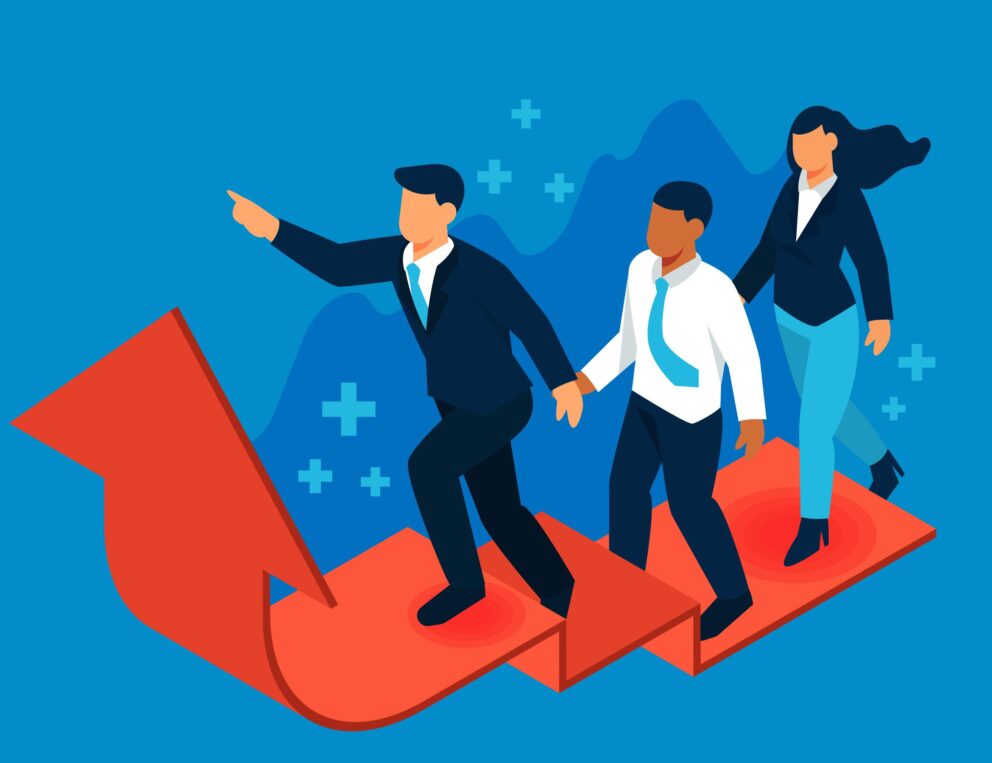What is Predictable Pipeline and How Does the Sales Funnel Play a Role?

By Stephanie Carrillo, Senior Marketing Consultant at Heinz Marketing
Recently, I was doing some SEO keyword research, and it showed people are confused between the sales funnel and sales pipeline; many people believe they are the same based on search behavior.
Understanding the difference is important for B2B sales and marketing. Companies will spend many resources to fill a sales funnel with leads, but forego the fundamental elements that create a predictable pipeline. My hope, after you read this article, is that you will understand the importance of developing a predictable pipeline strategy and the role the sales funnel plays, how it differs from the sales pipeline, but is still a crucial part in creating a predictable pipeline.
What is Predictable Pipeline?
The predictable pipeline is an integrated strategy to find, reach, and convert prospects into customers that align sales and marketing efforts.
The outcome is to define business objectives and measurable goals for marketing, integrate and align sales and marketing teams, detail sales enablement into each stage of the sales cycle, and maximize B2B marketing for lifetime value, loyalty, and referrals.
Roadmap to Predictable Pipeline Strategy
A predictable pipeline strategy includes seven foundational elements outlined in the graphic below. When Heinz Marketing works with clients, we work through all seven foundational elements and define the outputs for each step. Based on your company’s needs, some areas will need more work than others; some might need a bit of refining. The key is to break it down into sections and start tackling the areas that need the most work. The core of your strategy will be defining your ideal customer profile (ICP) so that your company is not targeting the total addressable market (TAM). When marketing tries to drive leads from TAM, it is costly, not efficient, and not every prospect is going to be a good fit for your company. So why waste resources going after the wrong opportunities? Once the ICP is identified, you can develop your buying committee personas, identify your target accounts, and then start to define your customer buying journey and sales process.
What is the difference between a sales pipeline and a sales funnel?
The sales funnel, defined in the second element of the predictable pipeline, represents the entire buyer’s journey. The funnel reflects top-of-funnel awareness to middle-of-funnel consideration to bottom-of-the-funnel decision stages. The sales funnel is used to determine the quantity and conversion rates of prospects or accounts through your buyer journey stages.
We categorize the stages into two groups: lead/account stages and opportunity stages. The sales pipeline refers to the opportunity stages a lead/account must go through on their journey to becoming a customer. The sales pipeline reflects the number of upcoming opportunities and revenue it will generate. When looking at the sales funnel, your sales pipeline leads/accounts get accounted for in your bottom-of-funnel metrics.
Lead/Account Stages
Lead/Account stages are the way we designate individuals or accounts who’ve yet to become qualified. Residing at the top and middle stages of the funnel, lead/account stages encompass those who might have entered the database via inbound marketing, a form on your website, a customer referral, or a purchased list.
Contacts/accounts denoted by a lead stage may or may not be a potential buyer. To determine if they are a good fit for your solution, you need to qualify them further.
Opportunity Stages
Opportunity Stages, on the other hand, are the way we designate qualified leads with a high chance of closing. These contacts are typically in the latter stages of the buyer’s journey and actively worked by sales.
Contacts denoted by an opportunity stage likely have parts or all of BANT identified. The budget has been agreed upon or recognized, a timeline to purchase has been acknowledged, a decision-maker is directly involved or is aware of the solution, and/or a catalyzing event or urgency drives the purchase forward.
Importance of understanding the sales funnel
The sales funnel can show if your marketing efforts are working and where you might be running into issues to getting prospects to the bottom-funnel sales opportunity stages. The funnel is a great construct to use to identify the areas needing the most improvement for your overall predictable pipeline strategy.
Top-of-funnel difficulties
If the top of your funnel is not flush with leads or accounts, it can show a traffic issue to your website, an increase to demand gen spend, a decrease in referrals, or possibly reflect a decreased engagement with content. At this point in the funnel for every single prospect, this is where you want to introduce thought leadership—here is where you build trust as an industry leader. Not all prospects will move down the funnel; some might be only looking for a single piece of information. The top-funnel should represent the largest piece of your funnel.
Middle-of-Funnel difficulties
The middle funnel includes a cross between discovery and consideration phases. The middle-funnel is where you want to nurture leads and provide more information about the subject matter. If your middle-funnel is skinny, prospects are stuck at the top of the funnel, and you likely have a content problem.
If your middle-funnel is larger than the top of the funnel, you have not done enough to qualify your leads. Meaning once your prospects move to a lead stage, they are starting to build up and not flowing down the funnel. In this case, you might want to look at lead scoring criteria and if the leads match the buying committee. Also, the accounts should be meeting your ideal customer profile.
Again, content can play a role in why leads do not move down the funnel. Make sure your content covers the different buying committee member’s pain points and needs.
Bottom-of-funnel difficulties
This part of the sales funnel is the smallest portion of the overall siphon. Two things happen at the decision phase; there is an intent to buy, and some will choose to buy. If your bottom-funnel is being starved, it’s a good idea to revisit your sales process and make sure the leads are being handed off to sales at the proper time. Sales and marketing alignment is critical at this phase to ensure an appropriate handoff of leads.
In summary, the sales funnel can determine areas for improvements in your buyer’s journey. A predictable pipeline strategy encompasses all the parts that can affect your sales funnel performance. When you take the time to identify and document all seven foundational elements of a predictable pipeline, your sales pipeline will become more predictable and grow in revenue over time.






